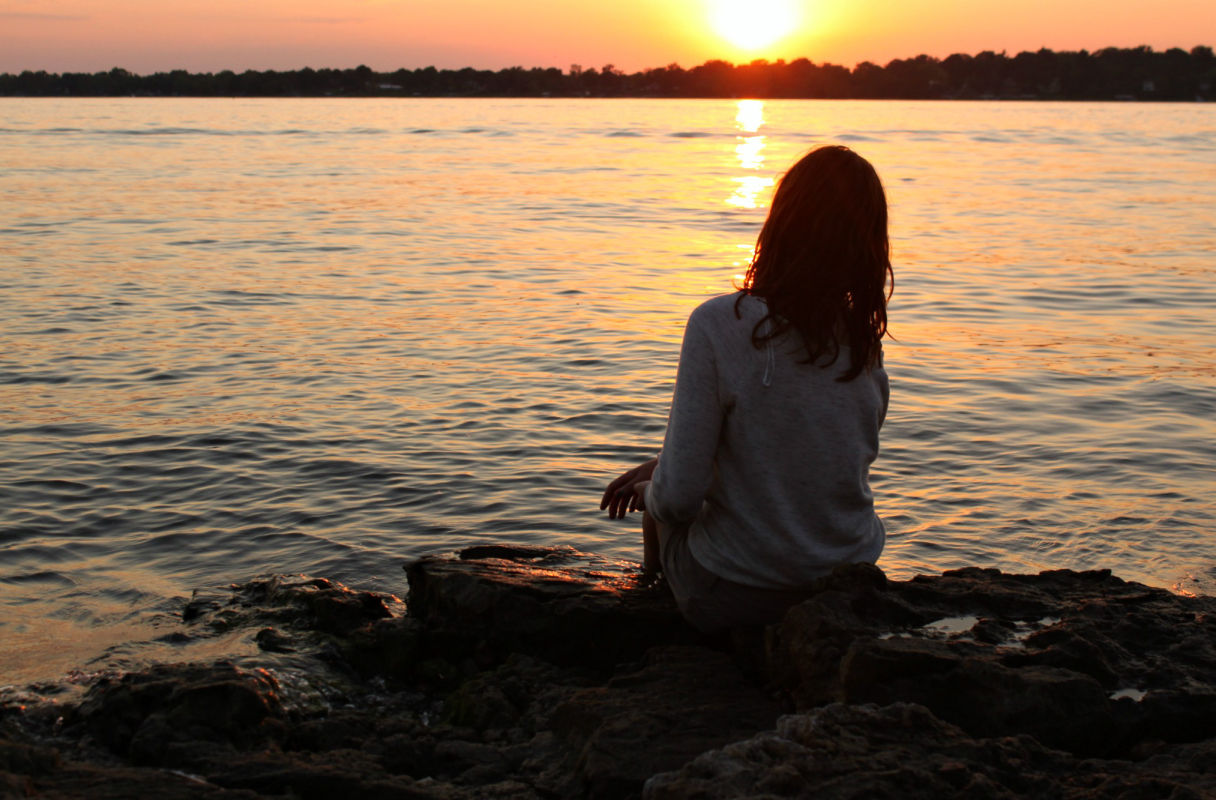
There are rules when it comes to talking about suicide, and experts say how we talk about it may be just as important as having the conversation.
Many rules have to do with what doesn’t work. Blaming or shaming the victim: that doesn’t work, experts say. Neither does ignoring the death. But talking explicitly about the death, especially the method or circumstances, doesn’t help either; in fact, research shows that too much detail can actually inspire others who are at risk.
What we can — and should — talk about when it comes to suicide, experts say, are solutions.
“It’s preventable. It is something we can do something about,” said Lisa Wexler, a researcher and professor at the University of Massachusetts, Amherst. Wexler lives in Kotzebue and has spent over a decade working to address suicide in western Alaska.
She led a workshop on the topic, along with educator Diane McEachern, during Kawerak’s Rural Providers Conference in Nome last week.
As part of the presentation, Wexler and McEachern incorporated an innovative approach to prevention. Rather than lecture on the topic of suicide, they simply introduced a single piece of data: In Alaska, suicide rates among youth go up during the summer, and down in the winter.
They asked conference participants to break into groups and come up with their own explanations for the data, which contrasts seasonal trends in the Lower 48. The result was a list of potential factors that spoke to the culture and lifestyle of western Alaska: sunshine and warm weather that might allow teens to stay out late to party; less adult supervision in the absence of school; intense summer romances; and even a lack of sleep.
The topic of suicide is a sensitive one for many in the Bering Strait. Alaska has one of the highest suicide rates in the country, with Alaska Native youth particularly at risk. And the data being presented wasn’t new. One participant voiced her frustration at the lack of fresh information — saying the real benefit, for her, came from talking and collaborating with people from other communities that face similar issues.
That’s exactly the point, according to Wexler. In the same way that the Alaska Native community faces unique challenges when it comes to suicide, those challenges can be overcome with unique community-based solutions, she said.
“Certain communities are put at higher risk, not because of what they’re doing, but because of what’s been done to them,” she said.
Wexler said factors like food insecurity, unemployment, loss of cultural identity and intergenerational trauma have played a role in the prevalence of suicide within indigenous groups all over the world.
McEachern pointed to one example of how historical trauma could factor into suicide: Young men and women who come from homes fractured by the relocation of parents or grandparents are likely to place a disproportionate weight on early adolescent romances.
She said those romances, when they sour, can be a trigger for teens already struggling with suicidal feelings.
“There are things that are done in our community that are not necessarily called suicide prevention,” explained Pananga Pungowiyi, Kawerak’s Wellness Director. “Fostering healthy relationships between people, helping people understand how to express their emotions…those are really important skills that need to be fostered in our young peoples.”
Pungowiyi said that articulating shared cultural experiences, and brainstorming solutions from within affected communities, is a relatively effective approach.
“If you look at things like suicide prevention,” she said. “It’s always systems trying to fix people. But if you look at the bigger picture you realize there’s nothing wrong with the people, there’s something wrong with the way the systems are interacting with the people.”
Allowing people to develop their own systems makes for more relevant solutions, she said. And just as multiple factors contribute to a traumatic cultural experience, Pungowiyi believes that concept can be reversed as community members develop multiple fronts on which to confront problems like suicide.
Wexler agrees that while there is no single solution to the issue, the most effective kind of prevention is “many kinds [of prevention].”
As for what can be done to address suicide on the individual level, Wexler concluded: No harm can come from asking loved ones how they’re doing.
